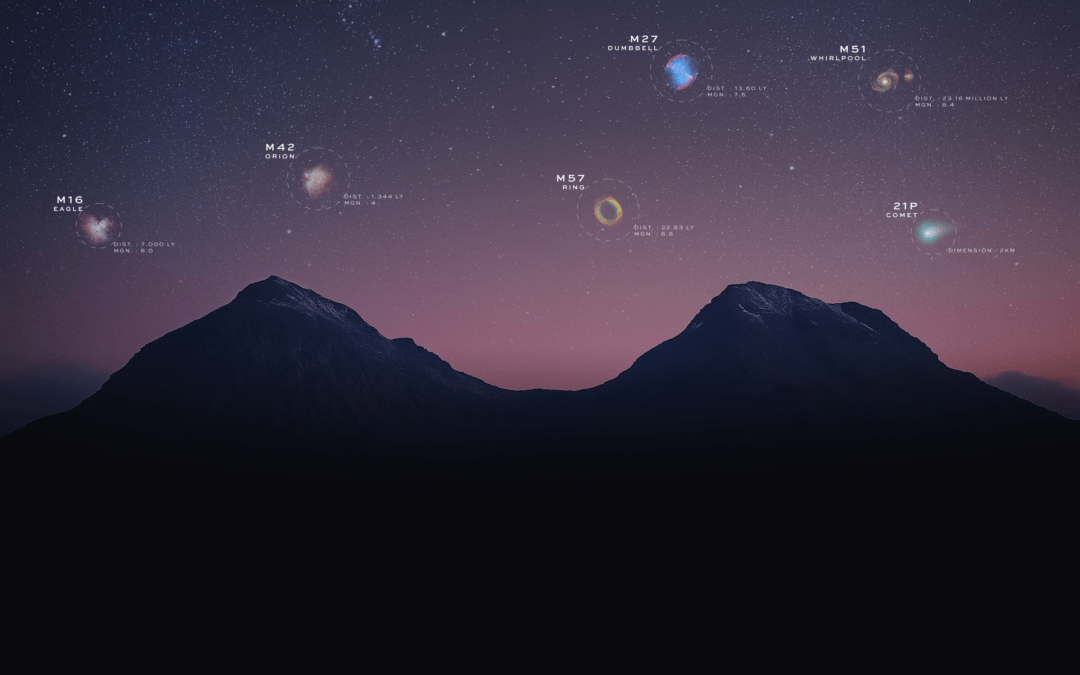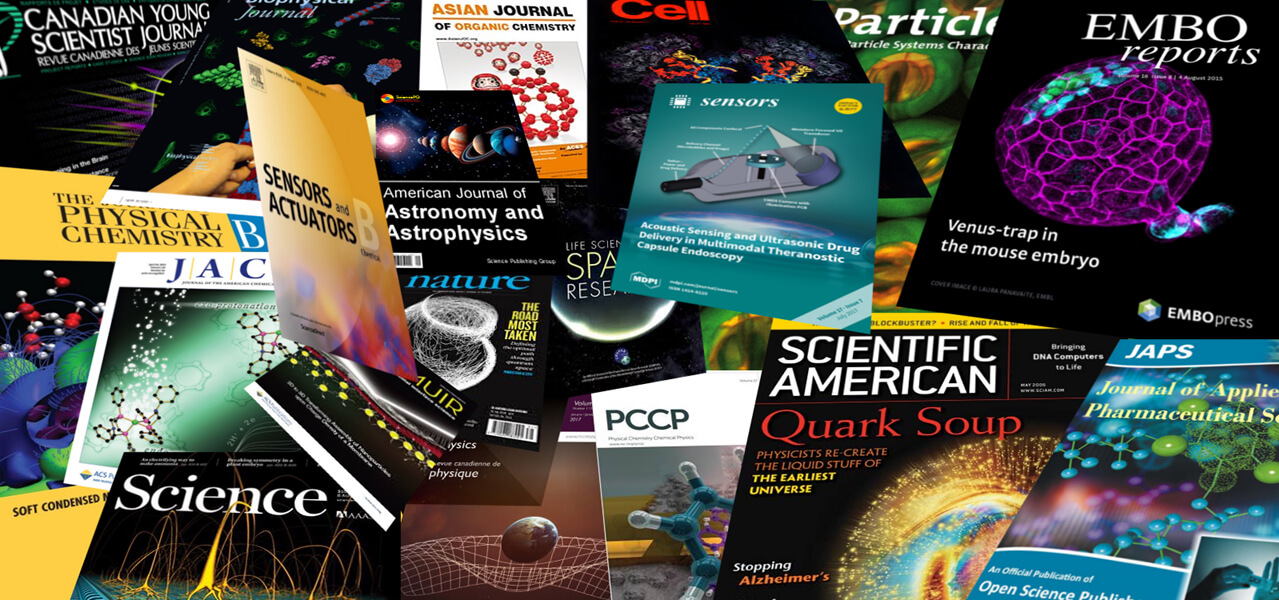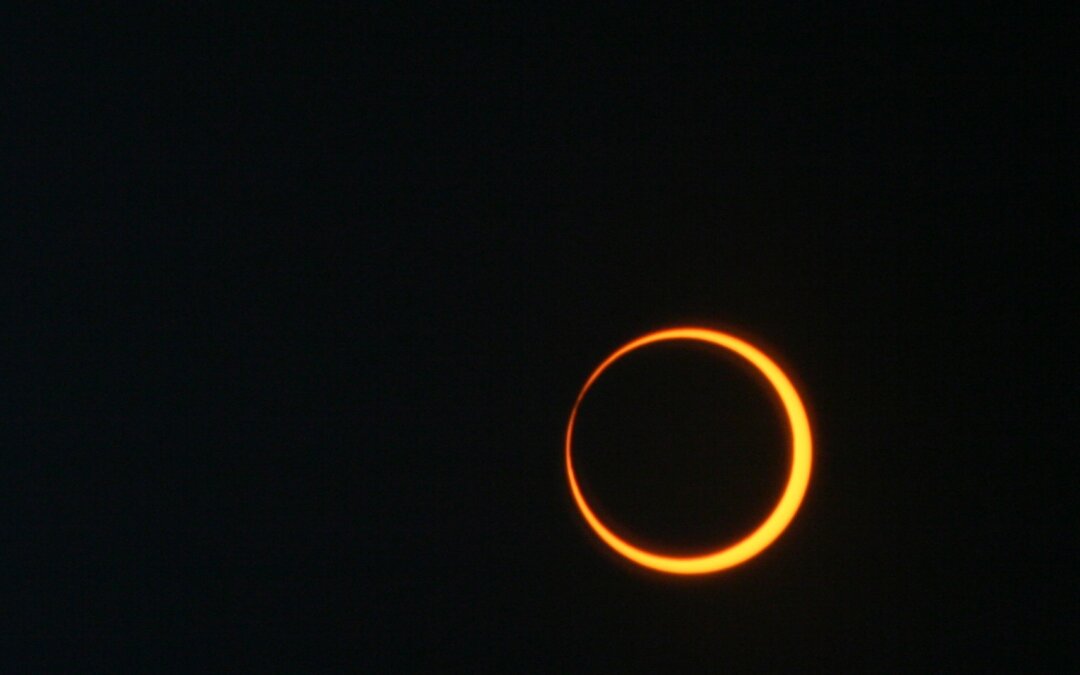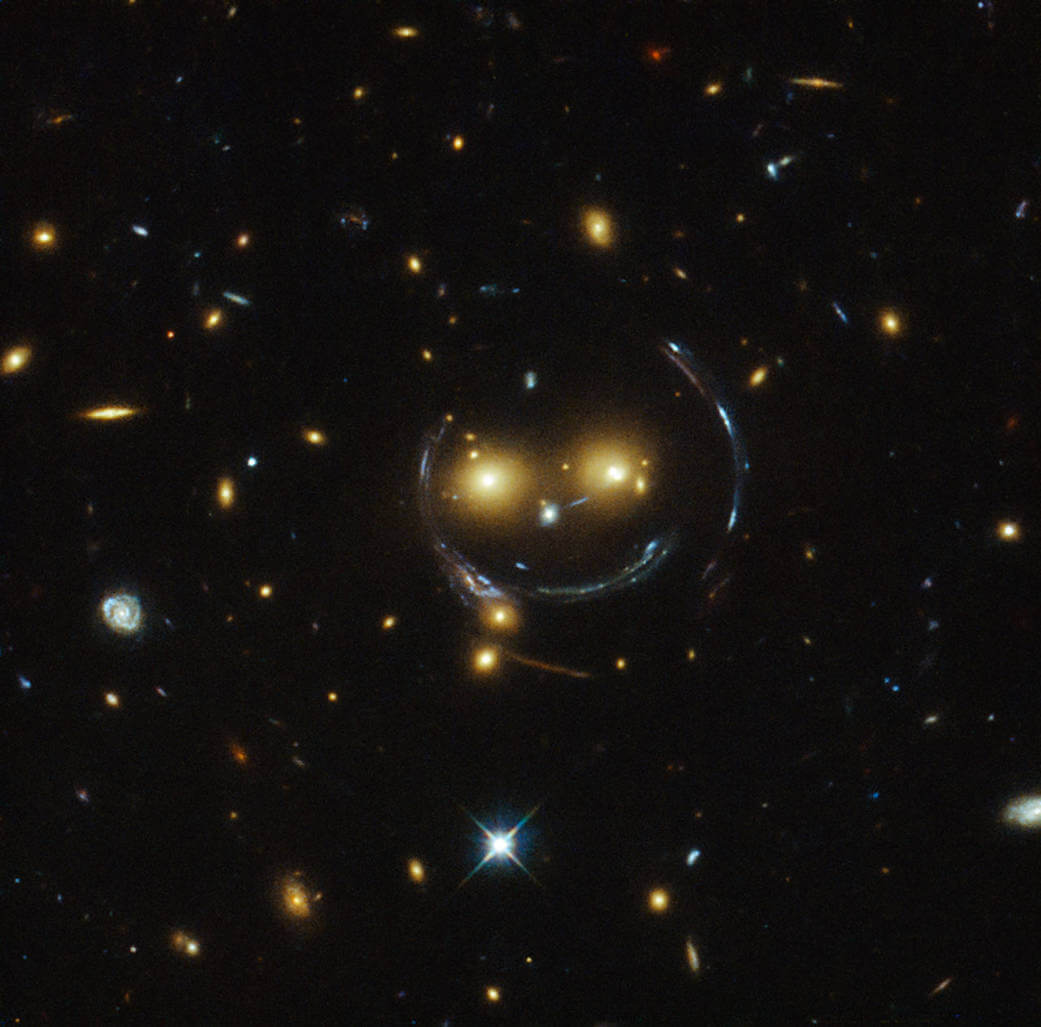In October, night falls earlier, mists begin to rise, and the stars seem to multiply. It’s the month when imagination blends with science—when every point of light becomes a cosmic mystery.
For Halloween, the sky turns into a strange scene: silhouettes of sorcerers, stellar ghosts, and magical spheres hide among the stars… and it’s up to you to help us uncover them.
To inspire you, we’ve observed three intriguing celestial objects that herald the imminent arrival of Halloween:
The Face of a Wizard – NGC 7380
Lost within the constellation of Cepheus, NGC 7380—nicknamed the Wizard Nebula—seems to have stepped straight out of an ancient tale.
Its structure of gas and dust, sculpted by stellar winds, reveals a mysterious profile: a brow, a nose, a beard… almost human.
Born only a few million years ago, this nebula is still in turmoil: young stars are forming within it, their radiation lighting up the surrounding cloud. Under a clear autumn sky, it offers a striking sight — a celestial wizard frozen in light.
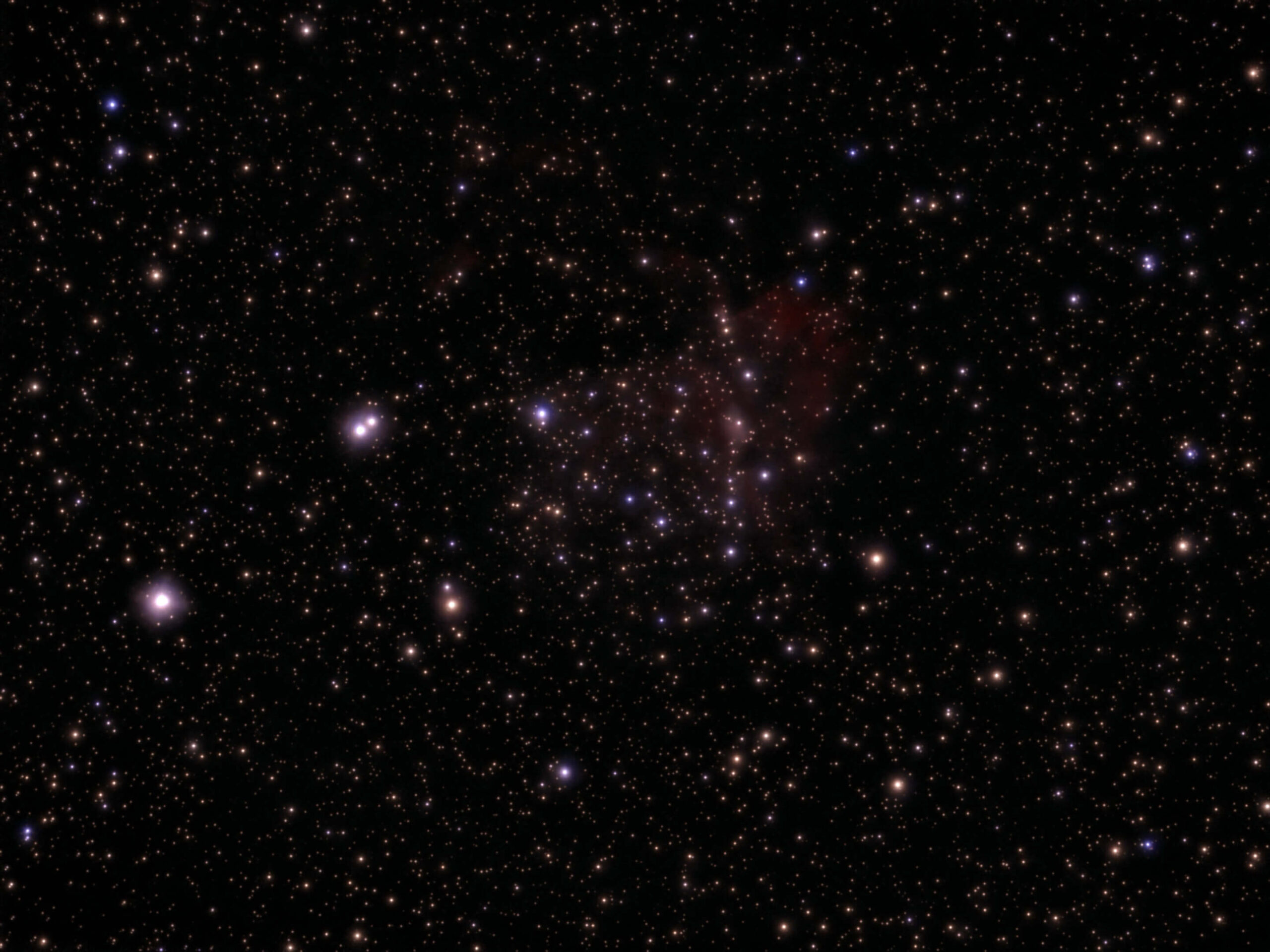
NGC 7380: Photo Credit Stuart Fort
The Ghost of Mirach – NGC 404
In the constellation of Andromeda, just a few arcminutes away from the bright star Mirach, hides a small galaxy almost invisible to the naked eye.
Its faint light seems to overlap that of its dazzling neighbor, creating the illusion of a spectral presence — hence its haunting nickname, the Ghost of Mirach.
This elliptical galaxy lies about 10 million light-years away. There’s nothing truly frightening about it, but observing it is a challenge: one must carefully separate it from Mirach’s bright halo. When you succeed, it feels like uncovering a hidden secret — a ghost concealed behind a star.
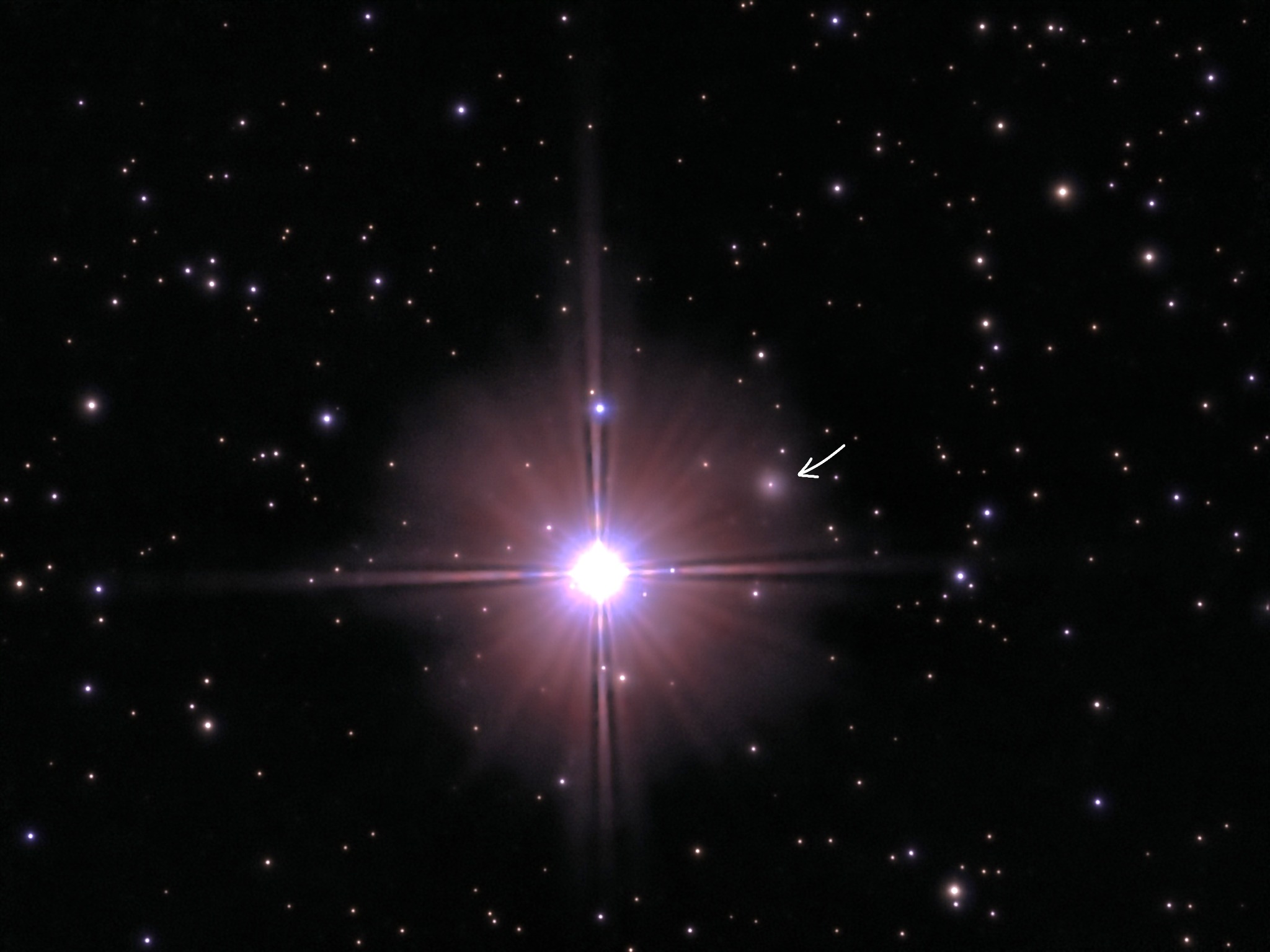
NGC 404: Photo Credit Pierre Auchatraire
The Bubble Nebula – NGC 7635
Let’s head to Cassiopeia to admire one of the most beautiful structures in the deep sky: the Bubble Nebula (NGC 7635).
At first glance, it looks like a perfect sphere suspended in space — a cosmic bubble inflated by the fierce winds of a massive star.
But in the dim light of October, it’s hard not to see it as a magical orb, a glowing spell floating among the stars.
This bubble of gas, seven light-years across, continues to slowly expand into the interstellar void. Its bluish outline, highlighted by the surrounding gases, evokes a sleeping spirit or a breath of energy ready to fade away.
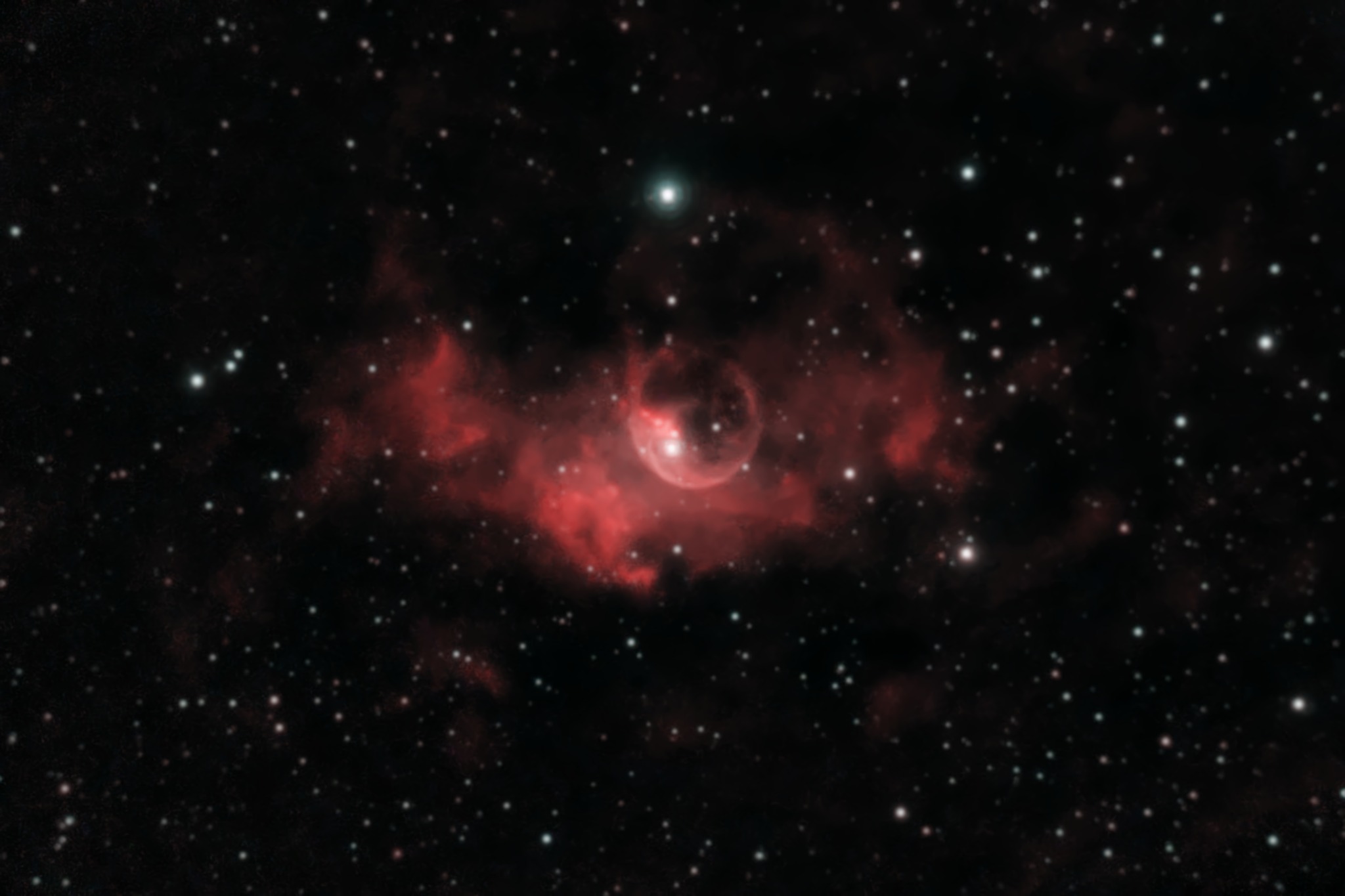
Bubble Nebula: Photo Credit Yann-Michel Niquet
Now it’s your turn to observe — grab your telescopes and join us in this celestial hunt before Halloween!
In our next Newsletter, the best observations will be featured (with your permission).
4. Bonus: Eclipses on Jupiter
Happy stargazing with UNISTELLAR.
Further readings
3 Reasons to observe this month
On Jupiter: Imagine moons casting their shadows on a giant planet. Right now, Jupiter’s moons offer an exceptional show: eclipses visible even from urban areas. Each time a moon passes in front of the Sun, it creates a shadow that dances across Jupiter’s surface. Check our dedicated article to catch every passage of Io, Europa, or Ganymede.
Two spooky appearances in the sky for Halloween
Every month, discover three unmissable celestial events to observe with your Unistellar telescope.
3 Reasons to observe this month Halloween Edition
Every month, discover three unmissable celestial events to observe with your Unistellar telescope.
Unistellar Community Included In Multiple Scientific Papers
Did you know Unistellar Citizen Astronomers are often cited in published scientific papers? Find out how you can contribute too!
When Is the Next Solar Eclipse, and How to Observe It With a Unistellar Telescope
An annular solar eclipse is visible from the Americas on October 14. Learn how to witness the Ring of Fire with your Unistellar Telescope!
Halloween Observing Guide: Spooky Deep-Sky Objects
These Halloween deep-sky objects will add some light to those dark, spooky nights. Treats, tricks, and telescopes await!
